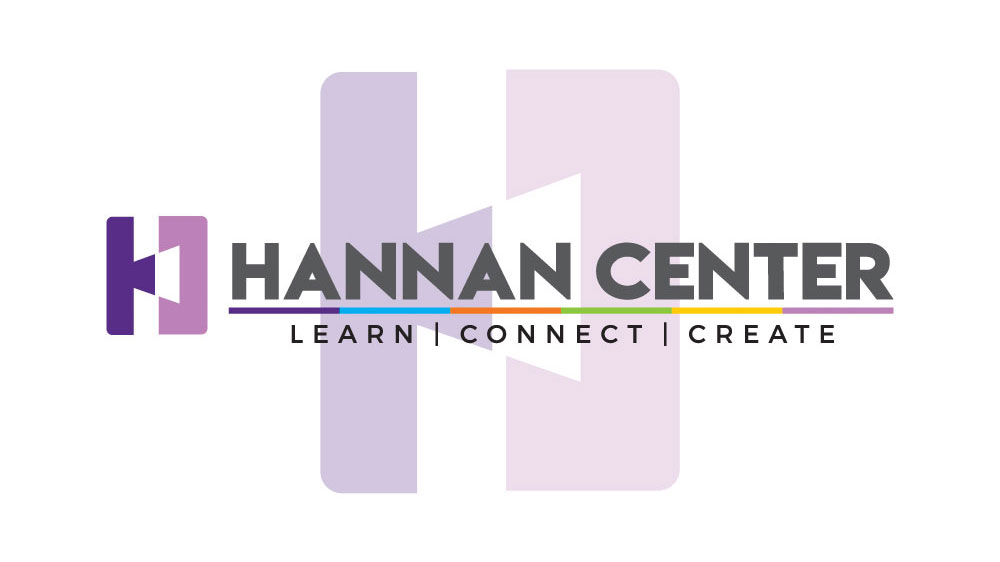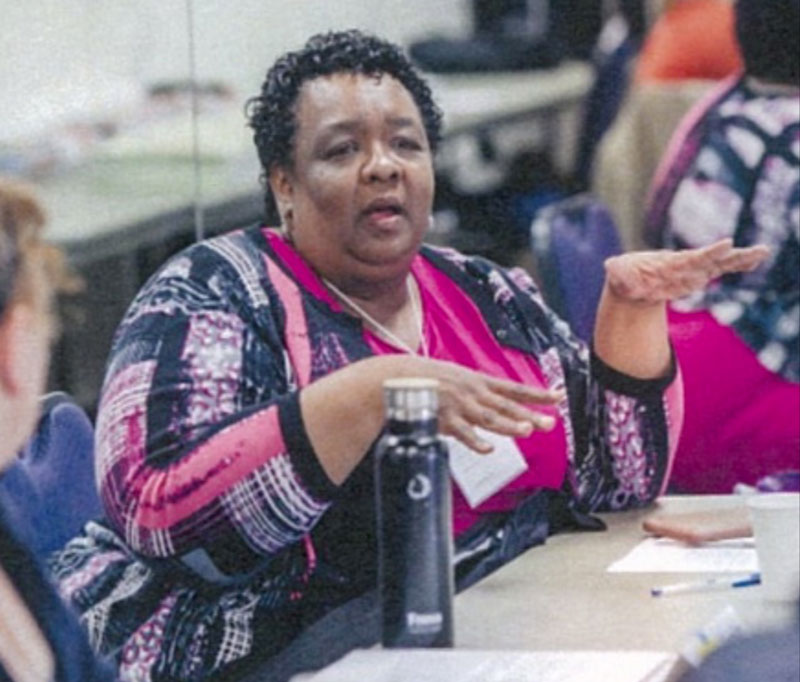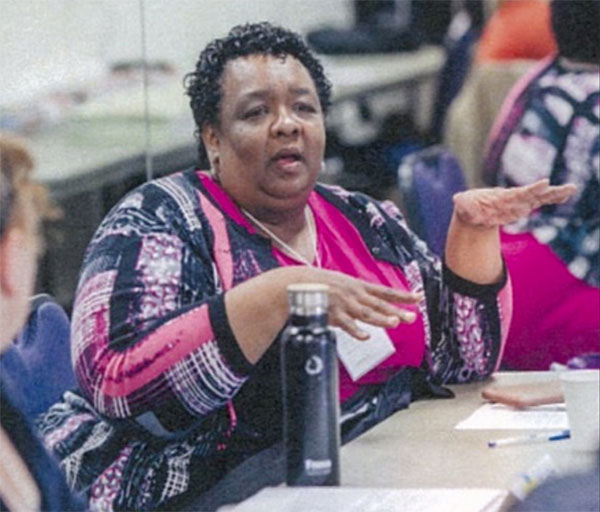Richard Phillips was a Detroit high-school dropout who was sent to prison at age 26 for a murder he did not commit. No galleries, no art fairs, only fellow inmates would see the art of America’s longest-serving inmate to win exoneration after 45 years in prison. With few choices in prison, Richard became an avid reader, earned a GED and an Associate’s Degree in Business, graduating with honors. He practiced his drawing, sold handmade greeting cards to inmates to buy supplies and taught himself to paint with watercolors. Most leave prison with nothing. A pen pal kept Richard’s paintings, which he retrieved when he was freed in 2017. A Ferndale gallery exhibited his work. CBS Sunday Morning covered it. Art lovers loved it! Many see Richard’s life as a testament to the healing art of art itself. Richard Phillips says his art kept him sane.
Listen as Richard Phillips sits down with Vincent Tilford, President and CEO of the Hannan Center, as they discuss art, life, and purpose.







 You may ask just how a woman who identifies as straight, is married to a man, and has four children and five grandchildren becomes an advocate for the LGBTQ community. She says she got her heart for the gay and transsexual communities from her mother’s example of openness and support.
You may ask just how a woman who identifies as straight, is married to a man, and has four children and five grandchildren becomes an advocate for the LGBTQ community. She says she got her heart for the gay and transsexual communities from her mother’s example of openness and support.